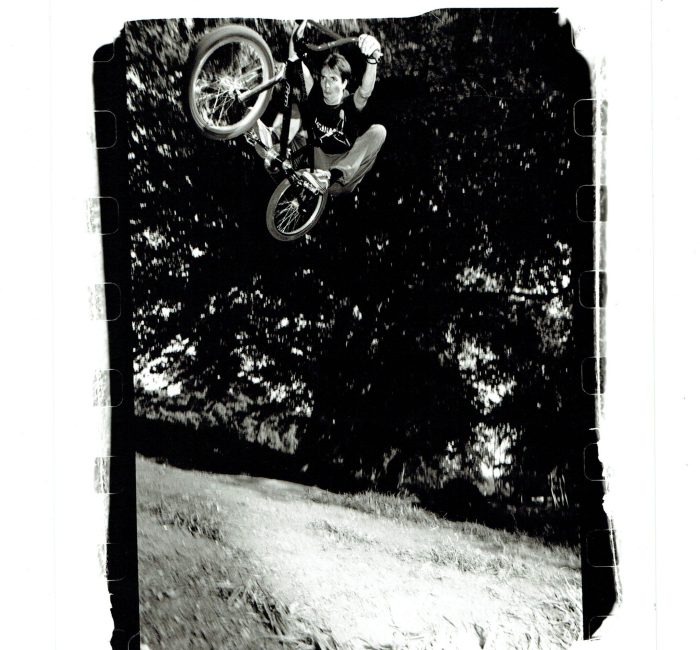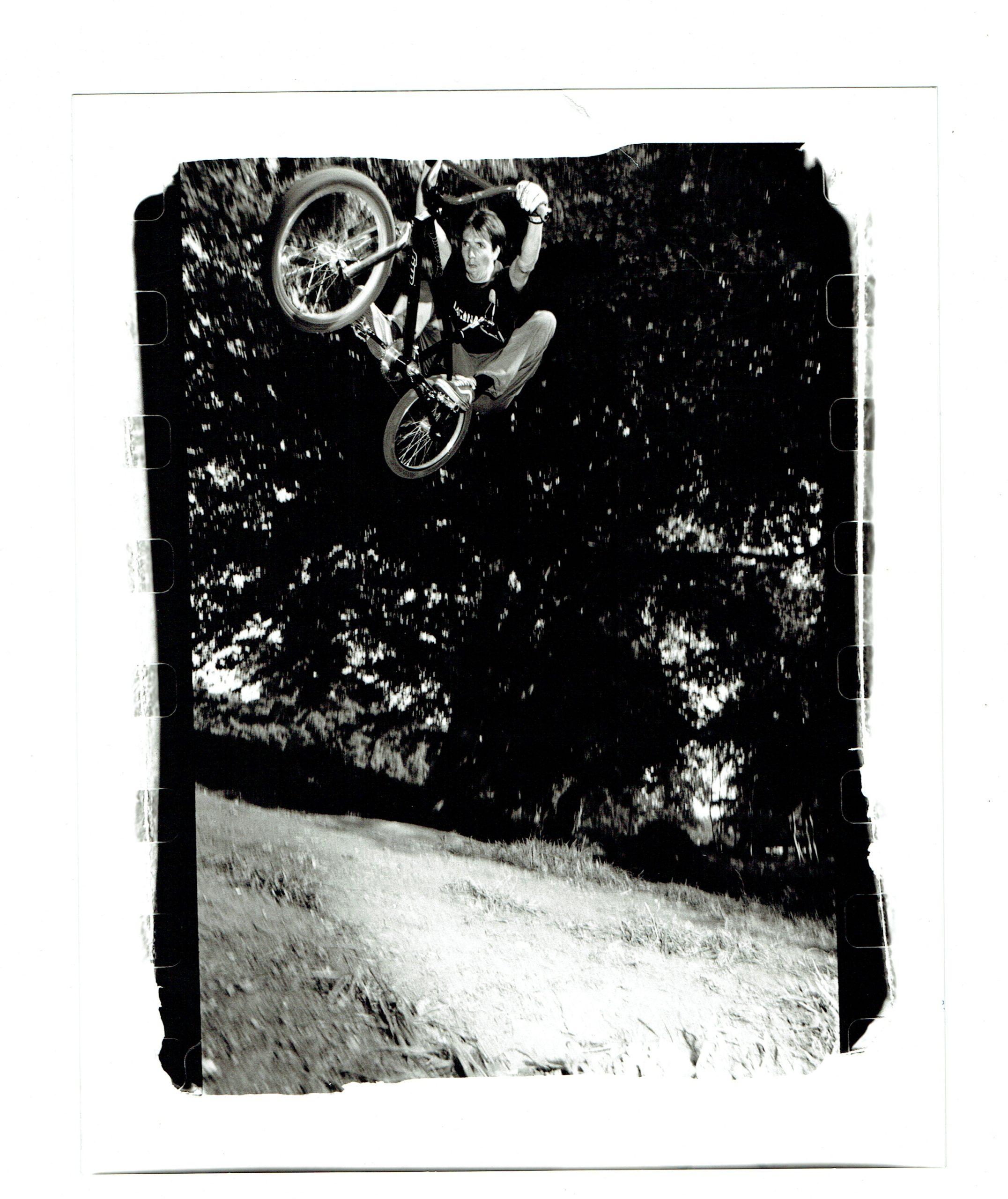We’re excited to announce the release of a collaboration T-shirt between DIG BMX, one of the most iconic BMX media outlets in the UK and Europe, and MOTO-BUNKA, BMX media platform in Asia!
To celebrate this collaboration, we’re sharing a special interview with DIG BMX editor-in-chief Will Smyth, originally featured in the MOTO-BUNKA 5th Anniversary Book.
Read on to learn about the story behind DIG BMX, Will’s thoughts on print media, and his perspective on the global BMX scene.
Over 30 years of telling the real story of BMX with integrity, creative vision, and deep cultural respect.
Profile
Name: Will Smyth
Age: Too old!
Hometown: Belfast Northern Ireland.
Years involved in BMX: 45
Current Local: Currently living in Bangor, Northern Ireland.
How's the team run, and how many people are in it now?
Firstly, DIG has a really loose structure and I really only work with people who I would consider to be friends. No one has an official contract. I own DIG and I’ve been in charge of our content since day one in 1993, but it’s all the people who help who really make it what it is.
Myself and Fred Murray do most of the daily work on the website and upcoming magazines (we make all the final calls about what you see in DIG) , and then we get regular support from Rob Dolecki (our US DIG editor). Fred and Rob are obviously 2 of the world’s best BMX photographers but most of their online work for DIG is now about video production. We still have our yearly DIG photo annuals and our new magazine Greystoke, as somewhere to run their awesome photos work though.
We also get photo and video support throughout the year from Peter Adam, Wes McGrath and Trent Lutzke, and design support from Luke Godson. And we have Scott Towne working as the editor of Greystoke and a whole bunch of people in the background helping out and giving us their time for free. Mike O’Bryan deserves a special mention here for proof-reading all of our print projects. We’re all based in different places around the world but it works somehow.
I’ve always just worked with creative friends from different parts of the world. I would mostly do all the awkward ‘business’ stuff, talking with the publishers about advertising and distribution etc, and I’d let the other guys get on with taking photos and writing. DIG has had maybe 5 publishers over the years but I bought it back from our last publisher back in 2013 and we’ve been completely independent again since then – just like the first 3 years.
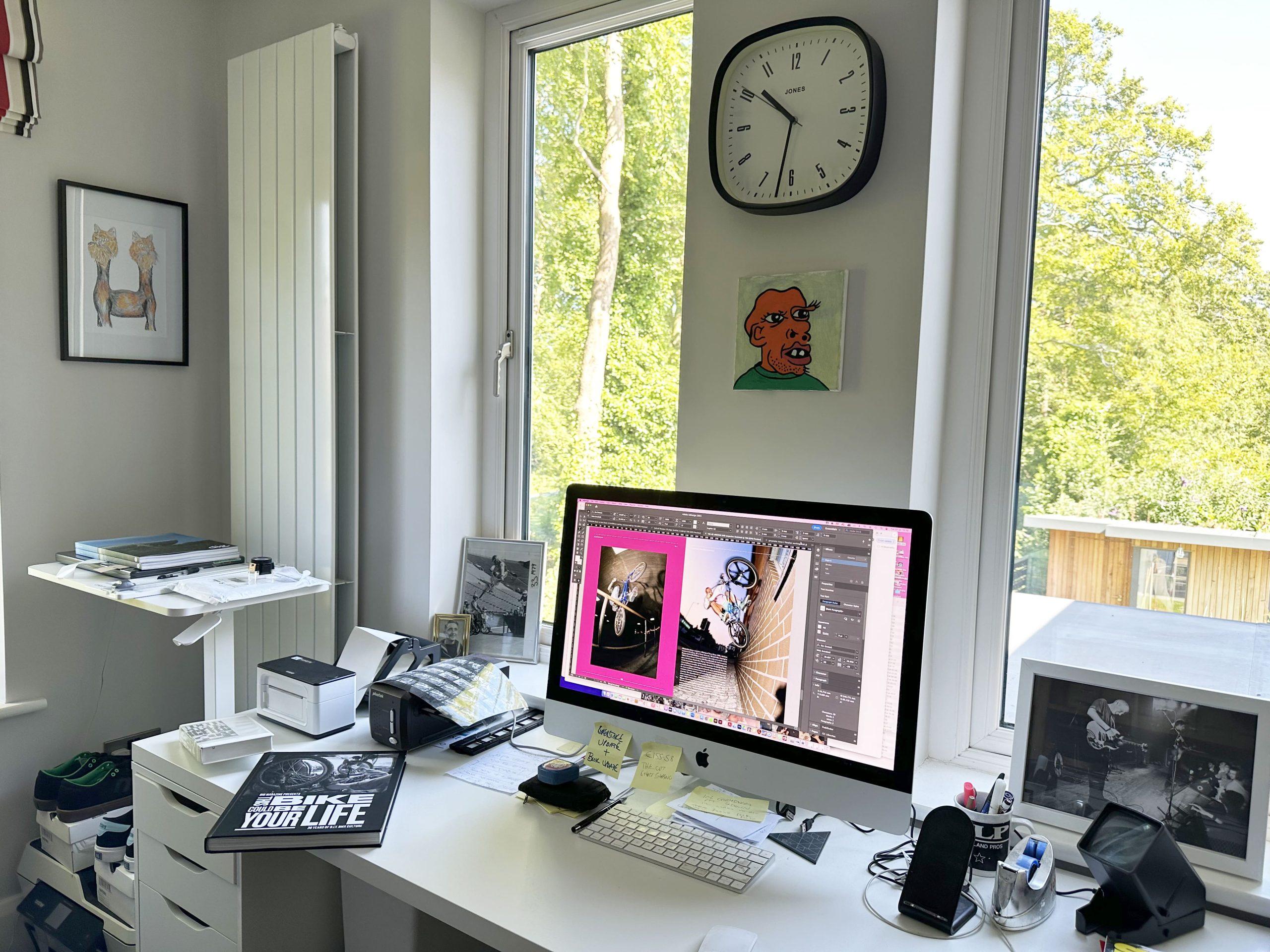
You’re still publishing a physical magazine, what’s the reason behind your commitment to print?
It probably goes back to the first day that I ever saw a BMX bike in 1980. The bike shop also had a copy of BMX Plus! magazine, so my love for both the bikes, and the excitement of how a magazine could show what was possible on a BMX bike were established at the same time. In the mid-late eighties we forged a connection with the guys at Wizard publications and were lucky enough to go visit them a few times to get a peek behind the magic curtain of how those magazines (specifically BMX Action and Freestylin’) were put together. I even made it onto the cover of BMX Action in April 1989 and ever since then I’ve wanted to repay that feeling to other people.
Right now we do yearly editions of DIG because I think it’s really important to have a physical record of what is happening in BMX. These days most people consume their information via social media but it’s almost impossible to use that as an archive, and as much as it can be fun and interesting at times, it’s also a huge source of un-checked mis-information. With everything we do we try to do as much research as possible and be as honest as possible. I think that’s really important when it comes to how people will see the history of BMX in years to come.
Also, we started Greystoke to celebrate older riders who are still stoked on BMX today and to share some honest reflections of BMX history. I’m a little tired of people who rode for a couple of years in the 80’s telling me that BMX was better in their day but now they’re excited about it again because it’s in the Olympics. They have no respect for anything that happened in the 30-40 years in between, or how great it still is today without all the Olympic/UCI bullshit.
Another huge factor of course is that in my opinion BMX photography is still really important as it allows you to be inspired by riding in a totally different way. And the work of the best photographers will always have some much more impact in print than online. It’s a mark of respect to the incredible talent of the photographers that we work with.
What do you think the future holds for printed BMX media?
I think printed BMX media will always find its own audience, but unless there’s a huge societal change in how people use social media then I can’t imagine printed media will ever be the number one source again.
Sometimes people get a little confused when we say ‘Print is Dead’ but we’re obviously being ironic. But, what we mean is that print as an industry that employs people within BMX is dead. People always have made zines and people always will make zines.
The print industry has had to adapt to the changing market so these days you can make some really nice zines/books/magazines for really affordable prices. If we didn’t do our website 365 days a year then we couldn’t afford to make a magazine. It’s the website that allows us to keep going.
The magazine is and always has been a labor of love but It’s a niche format within a niche activity. Whatever happens though I still believe that printed magazines will always be the best way to capture and curate our history. What happens to everything that’s online is out of all of our control (it could all disappear overnight) so we need physical media to catalog our BMX history on our own terms.
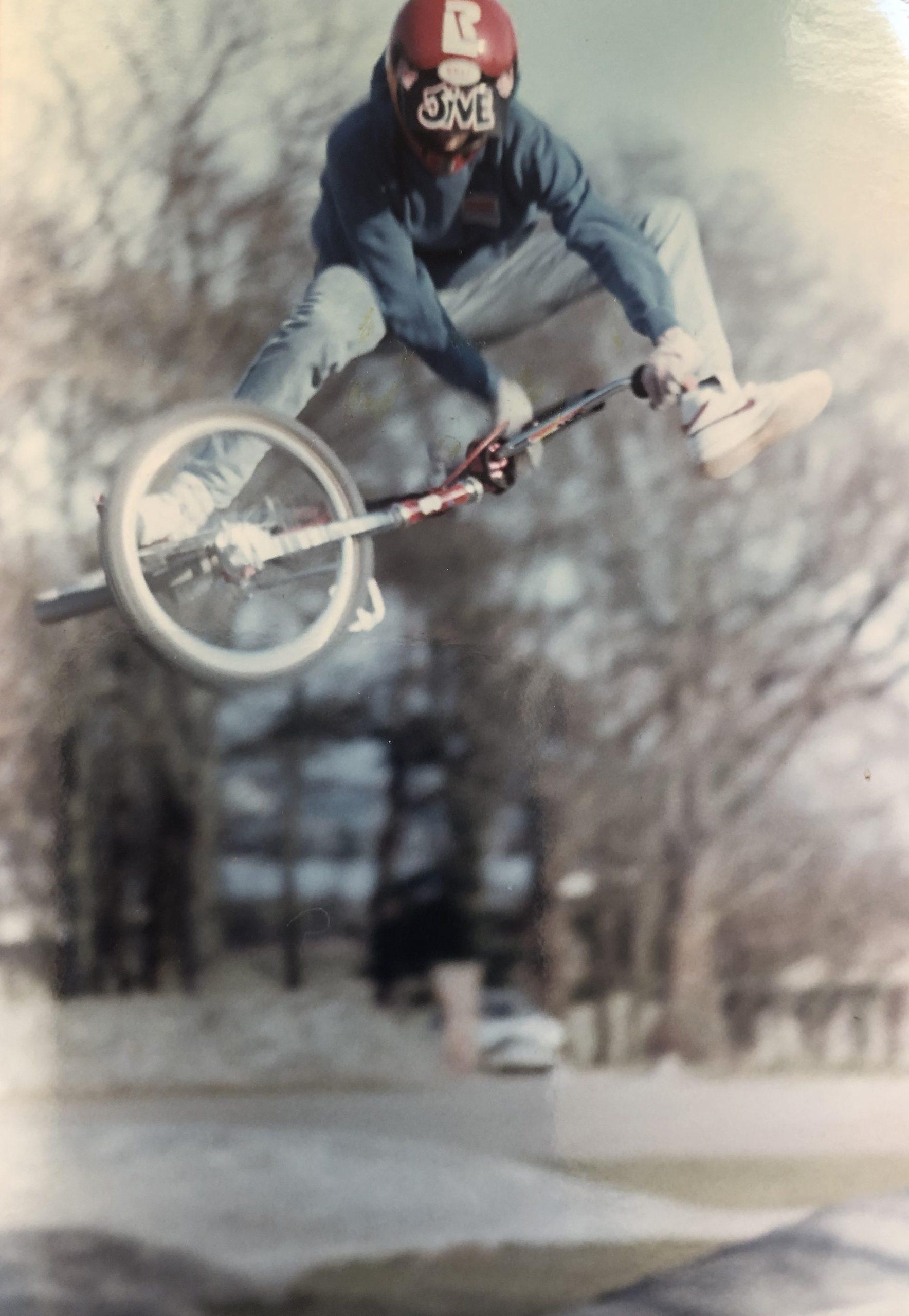
You’ve been creating documentary-style videos and special feature projects as well. What keeps you motivated to put so much time into them?
Again it’s for similar reasons that we make the magazine but with video content we can reach a lot more people. Historically I want people to be able to look back and see content that tells a story and gets people stoked to ride bikes.
I also think it’s really important to talk about riders who have been a huge cultural influence within BMX but are relatively unknown outside of our world. The Jimmy Levan and Garrett Byrnes documentaries for example.
I’ve been lucky enough to be friends with some incredibly talented filmmakers over the years (the likes of Peter Adam, Fraser Byrne, Chris Rye, Stew Johnson etc) and they’ve always been down to try to bring some of my ideas to life.
If I think of a good idea then the next thing will be to figure out who is the best person to make it – to take my idea and run with it. Those guys are all super talented and usually come back to me with something twice as good as I’d imagined. I like to work with people who’ve had a similar BMX history to myself.Occasionally though we’ll take a risk with someone new because we see something in their work that shows a much bigger understanding of the level of filmmaking that BMX deserves rather than just wanting everything to be a vlog. Ben Norris (The DIG House Nyc), Johnny Ashworth and Trent Lutzke would be 3 good examples of new/younger filmers who have inspired us in recent years.
In short though, what really drives me to create these projects is my feeling that the subjects of each film really deserve the energy that we put into making them. With Project X for example we not only really wanted to recreate the impact that Road Fools had on all of us, but to show people just how awesome, fun and interesting these riders really are… beyond what you typically see on social media or a regular team trip.
We did everything we could to make that one as great as we could from start to finish. Huge thanks to The Cut BMX for getting the ball rolling with that and to Peter Adam for his incredible job in filming and editing so much footage with such expertise.
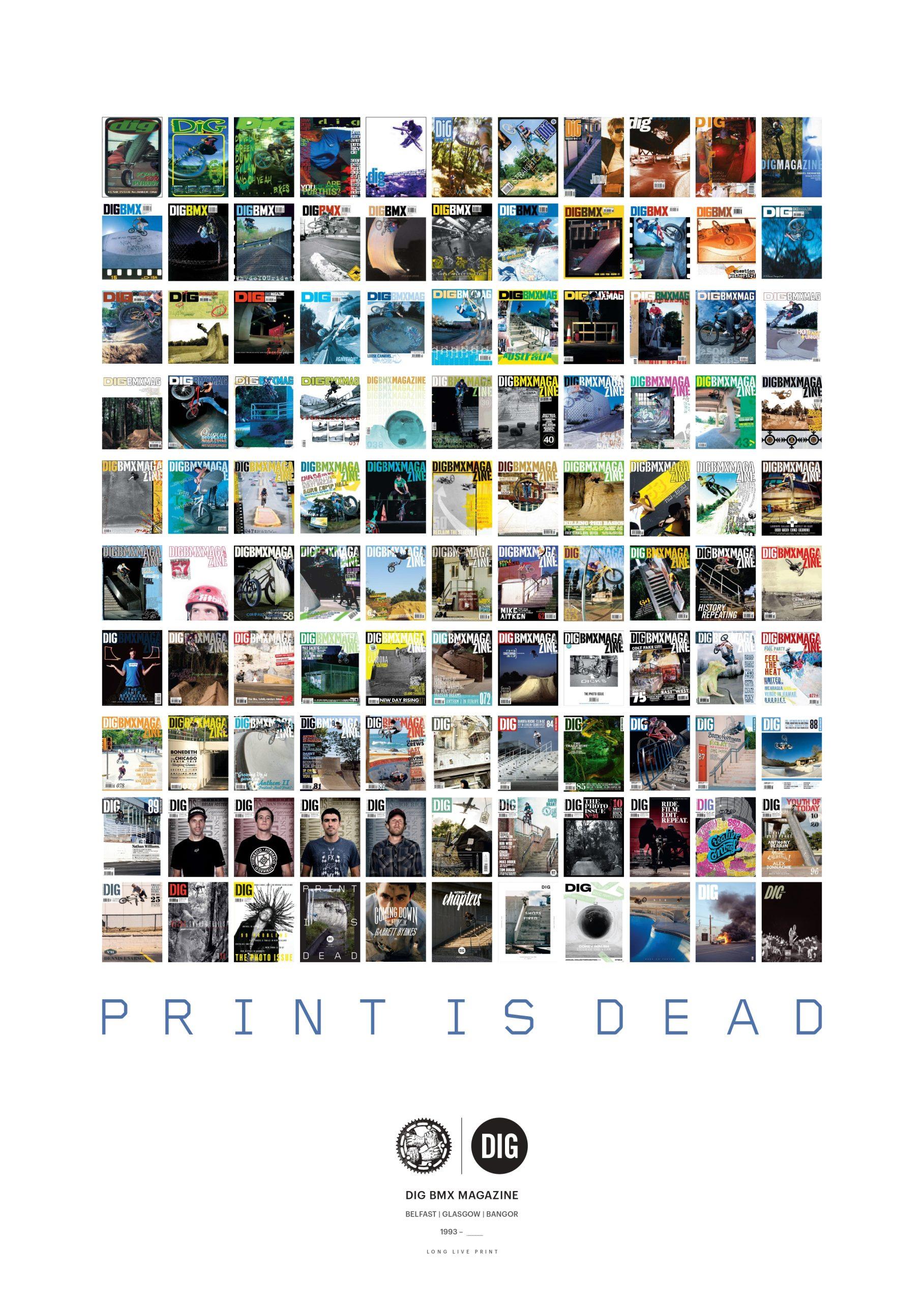
How have you been getting information about the BMX scene in Asia?
Luckily for us the DIG photographers have always been very curious world travellers so aif anywhere had an interesting scene, then it was only a matter of time before we’d hear about it.
I’m pretty sure Japan first appeared on the pages of DIG way back in issue 20, 2002. We ran a 12 page article based around a trip that Sandy Carson took there with a random crew. It probably has my favourite DIG article intro layout of all time, ‘Japannihilated’, featuring a very drunk Jimmy Levan.
How have you seen the BMX scene in Japan evolve over the past five years?
The big difference has been seeing how good the street riding scene there has become. There’s definitely something special about street videos that come from your scene. It used to all be about the visiting pros but now it’s all about the locals, which is how it should be.
Are there any Japanese riders you always keep an eye on or follow closely?
Back in the day we always followed Shoe-G. He was always fun to watch. Nowadays, and although I’m not the biggest fan of park contests, I’ve always enjoyed watching Rim Nakamura ride. He comes across as much more of a regular BMXer than the typical medal chasing ‘athlete’ type of rider.
Also I really enjoyed watching Dragon on Project X and everything the MOTO-BUNKA crew do is great. Hikarau Funyu is doing an amazing job with his photography of your scene too. Having a great photographer there makes such a big difference.
Across Asia the rise throughout Taiwan and Thailand has been pretty noticeable in the past few years. There’s been some great stuff out of Nepal and Hong Kong too. It’s great to see.
As a media outlet that’s been covering BMX for many years, how have you seen the global scene change over time?
There’s a lot less focus on the USA being the ‘best’ place for both BMX riding and for the industry. There have always been great riders and scenes all around the world but those scenes are now able to flourish in their own right without needing to be a part of something else that was historically seen as ‘better’.
The most interesting riders BMX companies will always influence other people to ride, regardless of where they are based.
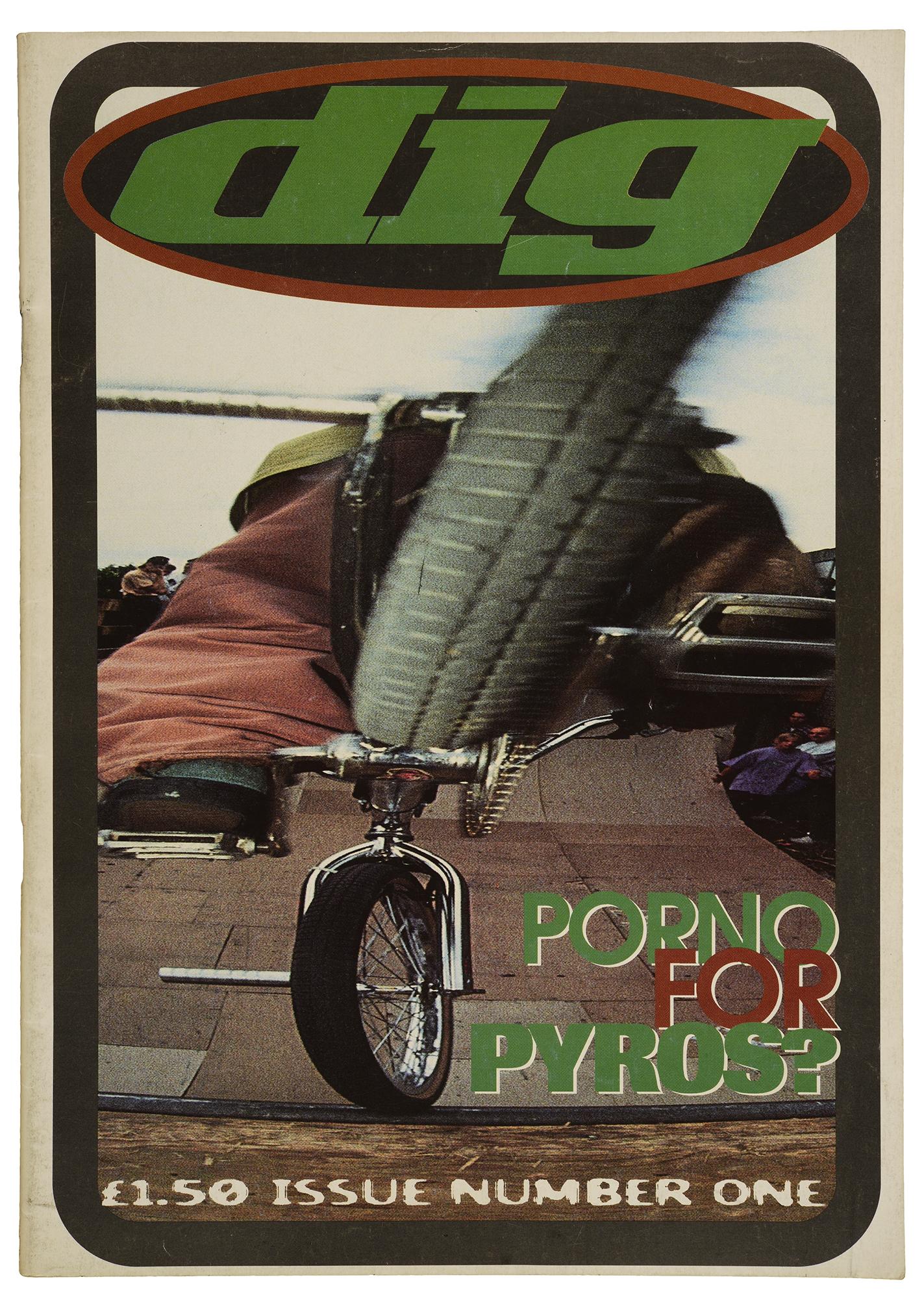
With the rise of social media, do you think the role of BMX media has changed significantly?
The role of BMX media hasn’t changed as such but it has been severely weakened because of social media.
When you think about the purpose of BMX media it has always been to share photos, stories, videos, history, product information and lots more, about what’s happening in BMX. Everything is done with the intention of keeping people stoked on BMX and supporting legit companies who are doing good things within BMX.
Nowadays a rider might become popular on social media and connect with a huge BMX audience (much bigger than any BMX media page), but as they grow they often move away from BMX and get into MTB or cars or whatever.
Also, that person doesn’t necessarily know much about BMX history or how the industry works (for anyone but them), so the information they share is often mis-judged or ill-informed. As they change their interests they often take their audience with them too. So the kid who was going to buy a BMX bike is now buying an MTB instead.
It also opens the doors to bigger corporate brands to sidestep BMX media (where they often face constructive criticism) and go straight to the riders who will often say ‘yes’ to pretty much anything if the company is paying them. That’s good for the rider in the short term but bad for BMX In the long run.
I can’t speak for other BMX media pages but DIG will only ever be about BMX – no matter how many followers we do or don’t have.
As the BMX world continues to change, what kinds of stories or messages do you want to share through your media going forward?
Following on from my last answer I think we (BMX) need to have more self worth.
Quit bending over backwards for the UCI with the prize of being in the Olympics. Go play a sport if that’s your thing. Those guys are slowly but surely diminishing what we love, and I worry that by the time enough people notice, it will be too late to stop them.
The joy of BMX to me has always been about riding of course, but alongside that sit culture, travel, friendships, creativity and most of all the fact that you can carve our own path without following any rules.
That’s what DIG is built on. We will always aim to push the creative side of BMX and support as many DIY brands as we can, but when we work with bigger brands we’ll always try to convince them to do what’s best for BMX in the long term. You can’t win all of those battles but we’ll always try.
We’ll always aim to represent BMX as a culture and not as a sport.

